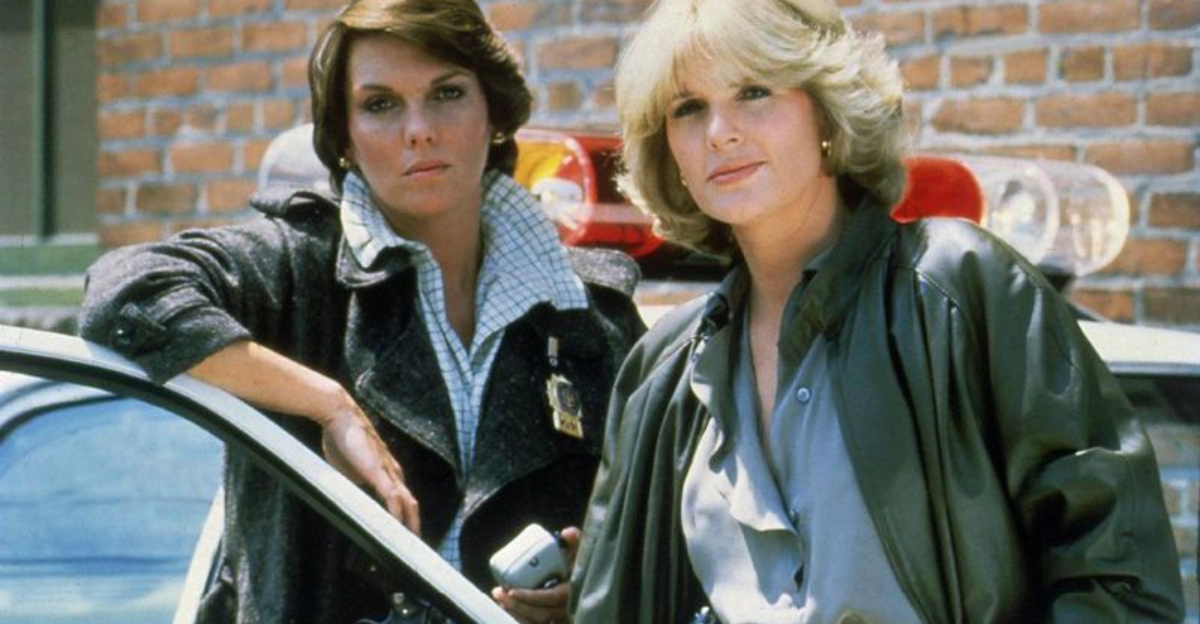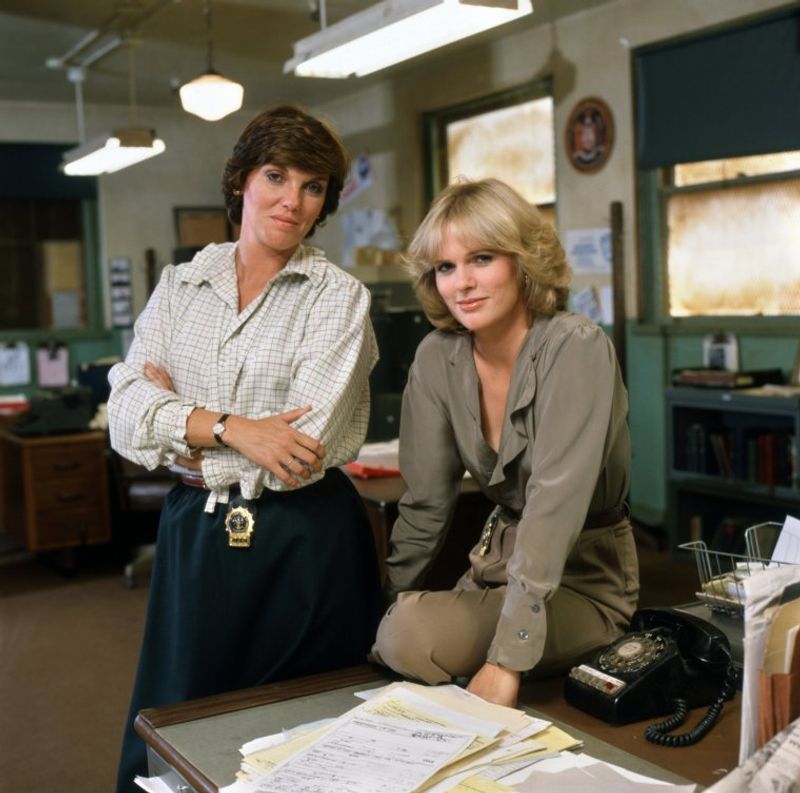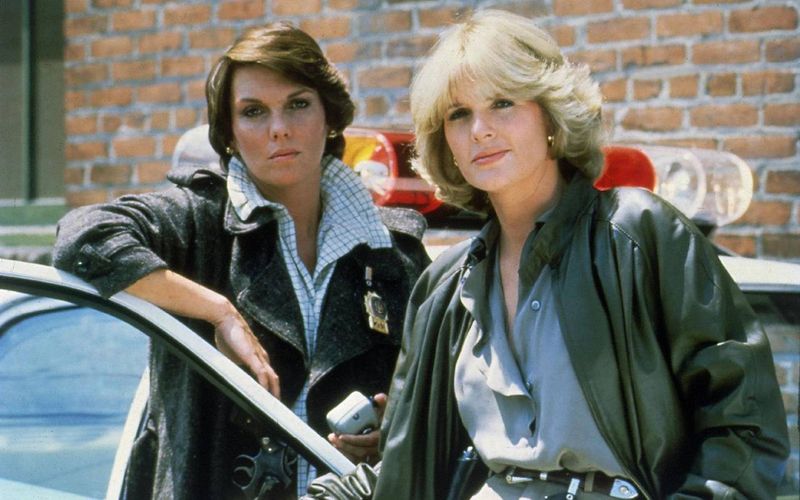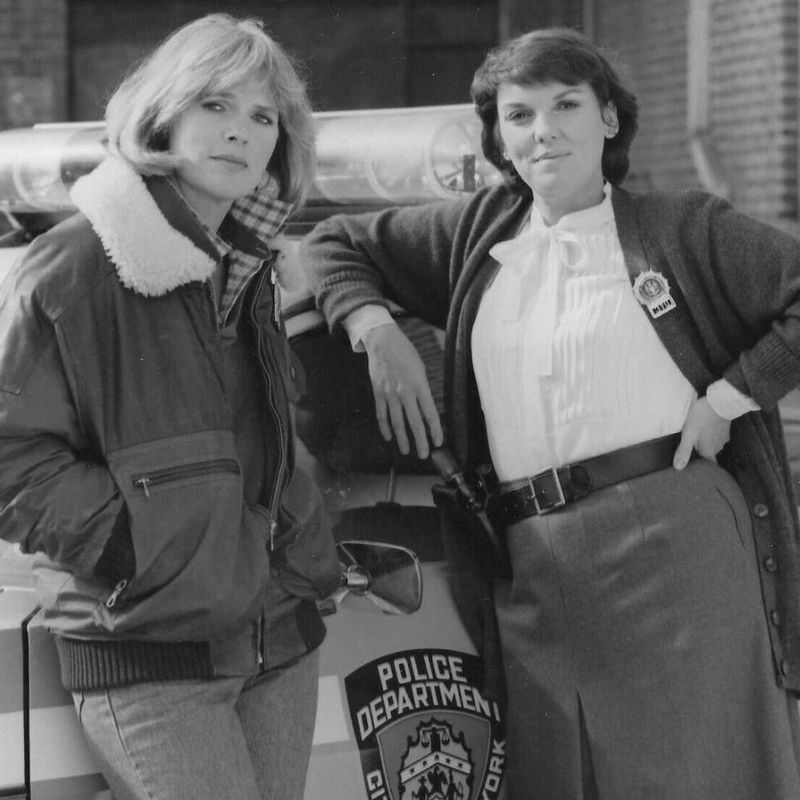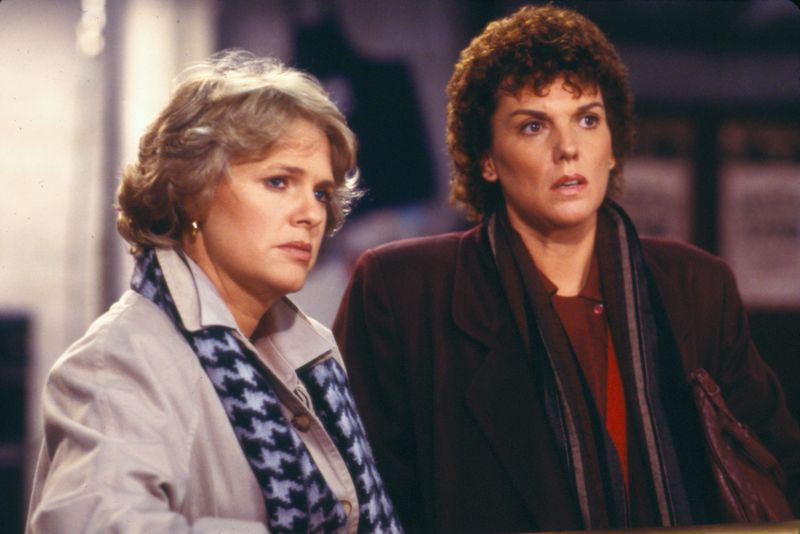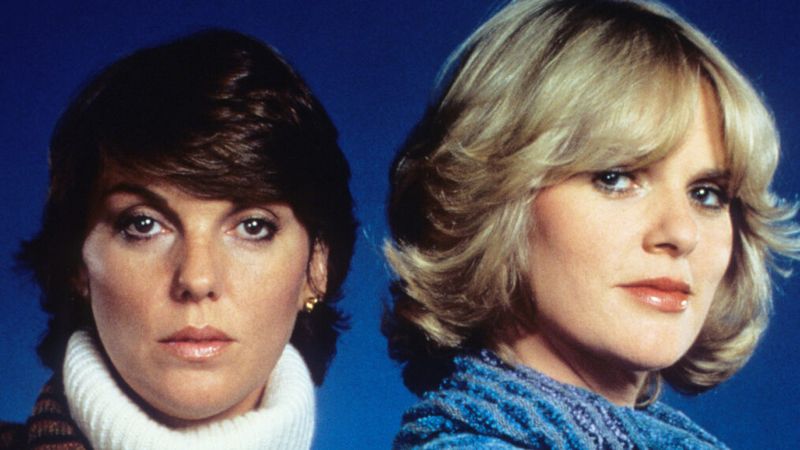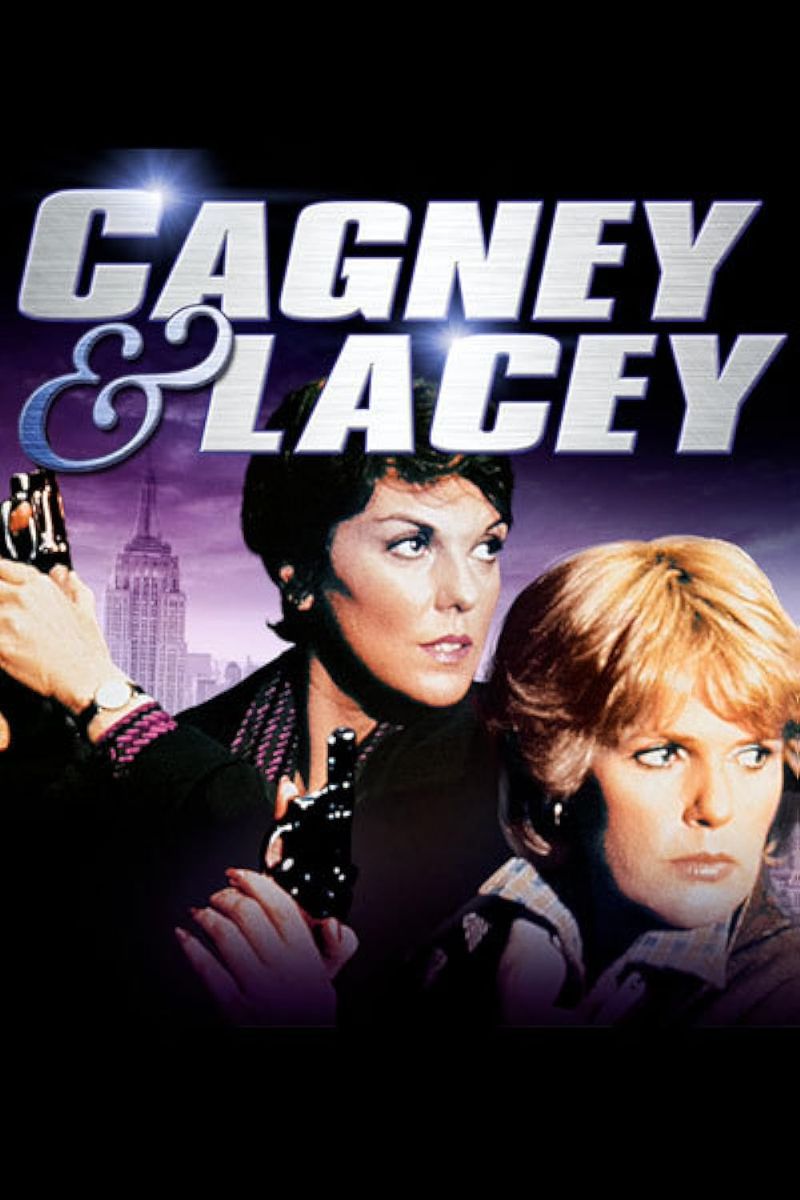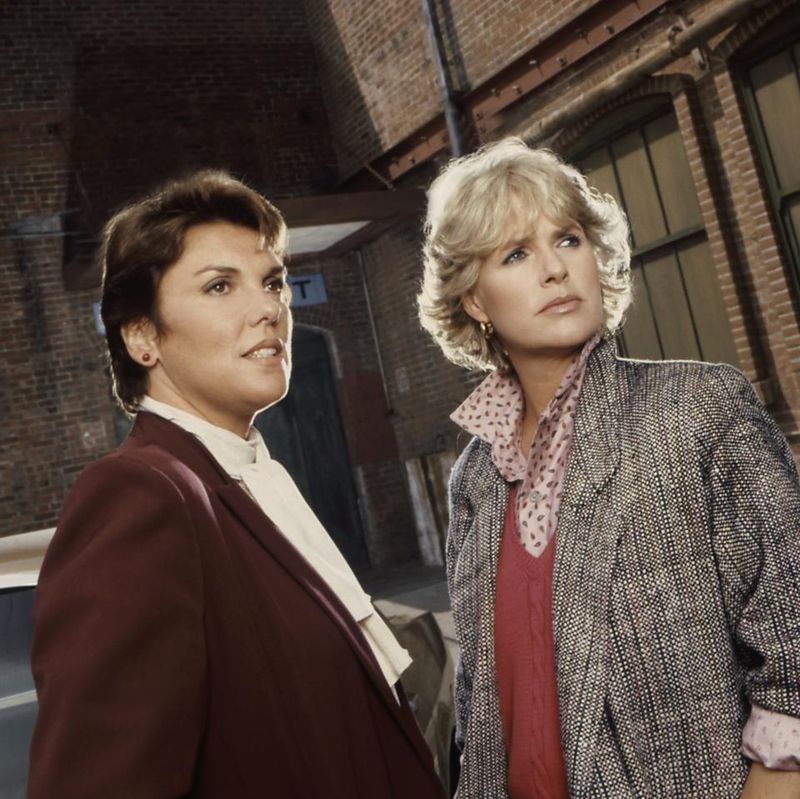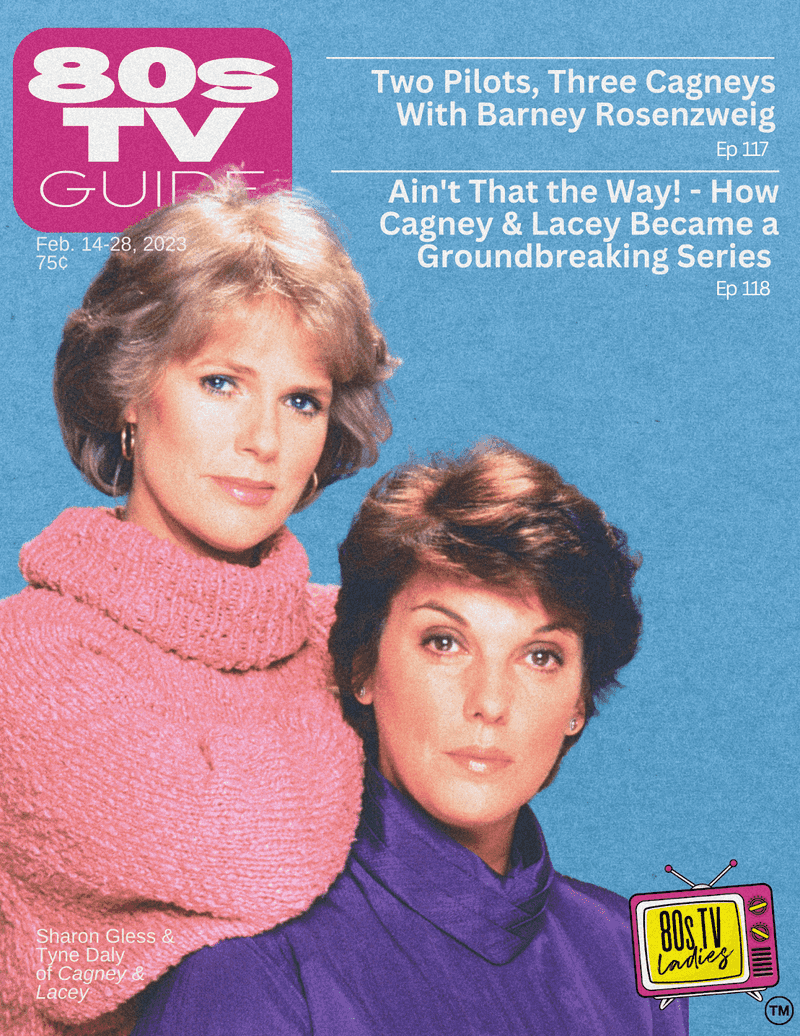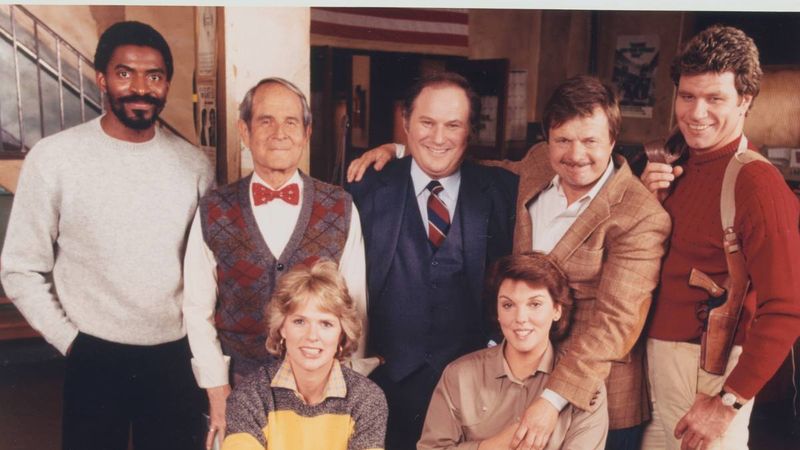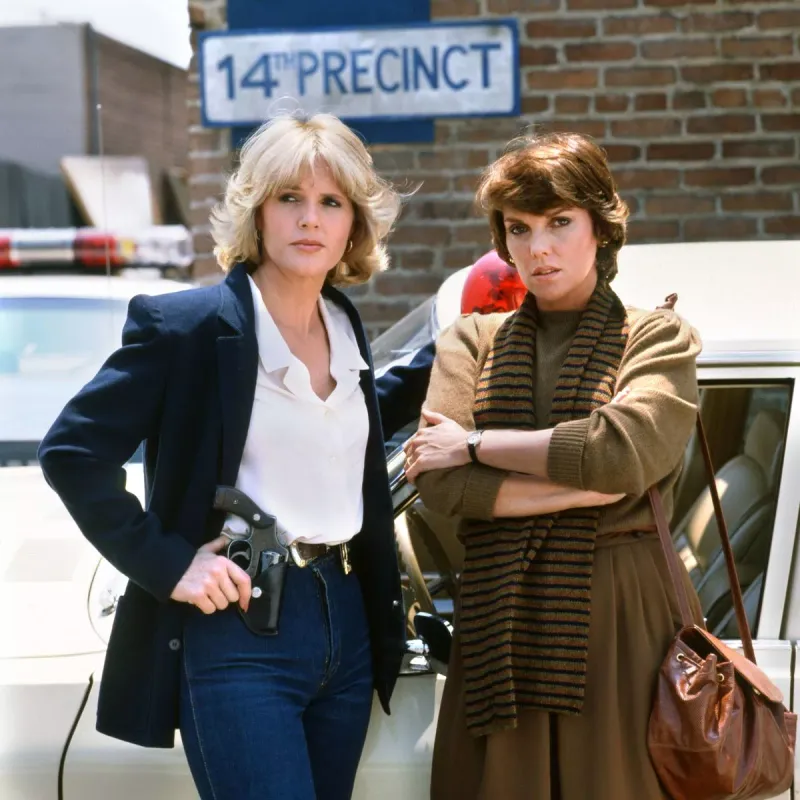When Cagney & Lacey premiered in 1982, it didn’t just give viewers another cop show—it gave them something groundbreaking: two complex, competent, and deeply human women working together in a male-dominated world. Here are 13 reasons why Cagney & Lacey changed the game for women on television.
1. They Were Complete Characters—Not Sidekicks
Christine Cagney and Mary Beth Lacey were more than just partners—they were equals in every sense. Unlike many female characters of their time, they weren’t relegated to the sidelines. These women were central figures, their stories intertwined with the main narrative.
Their roles transcended the typical ‘sidekick’ label; they showcased depth, emotion, and strength. They were portrayed as real women with real challenges, ambitions, and triumphs.
Audiences saw them shoulder-to-shoulder with their male counterparts, redefining what it meant to be a woman on television. Their legacy is one of empowerment and representation.
2. The Show Addressed Real Issues
Cagney & Lacey dared to tackle issues that many shows shied away from. From alcoholism to domestic violence, these topics were front and center, making the series not just entertainment but a conversation starter.
Their courage in addressing such themes set them apart, elevating the show beyond typical crime dramas. Viewers saw their own struggles reflected on screen, fostering a sense of connection and understanding.
By highlighting these issues, Cagney & Lacey provided a platform for discussion and awareness—paving the way for future shows to continue the dialogue around real-world problems.
3. Two Female Leads in a Serious Drama
Christine Cagney and Mary Beth Lacey stormed onto the TV scene as groundbreaking female leads in a drama dominated by men. In a world where male partnerships ruled, their presence was a refreshing change. These women didn’t just appear—they commanded, proving that women could anchor serious, compelling narratives.
Their dynamic wasn’t just about solving crimes; it was about showcasing the strength and complexity of womanhood. Their determination and resilience were palpable, painting a new picture of women on screen. Audiences saw them as equals, not just as supporting characters.
Their influence opened doors and broke barriers.
4. They Weren’t Glamourized
Unapologetically real, Cagney and Lacey broke the mold by not conforming to the glitzy standards of Hollywood. Their appearances were practical, reflecting real women’s lives. They weren’t dolled up to fit a stereotype; they were relatable, embodying authenticity.
This realism resonated with audiences, offering a refreshing take that was rare at the time. The raw portrayal allowed viewers to focus on their skills and stories rather than superficial elements.
Their unglamourized depiction highlighted that women didn’t need to be glamorous to be powerful, redefining beauty standards on television.
5. Their Friendship Was the Heart of the Show
At the core of Cagney & Lacey was an unrivaled friendship that defied television norms. Their bond wasn’t just a subplot; it was the show’s heartbeat. Supportive yet complex, their relationship mirrored real-life friendships filled with highs and lows.
Viewers were drawn to their genuine connection, watching as they supported each other through personal and professional struggles. Their interactions were heartfelt, sometimes tense, but always authentic.
This portrayal set new standards for female friendships on screen, proving that women could be both friends and formidable partners in a male-dominated world.
6. It Showed Two Very Different Women Working Together
Christine Cagney and Mary Beth Lacey were as different as night and day, yet their partnership was a testament to the power of diversity. Cagney, the ambitious single woman, contrasted sharply with Lacey, the grounded working mom.
Their differing lifestyles and perspectives enriched their relationship, showing that collaboration wasn’t just possible—it was powerful. They complemented each other, each bringing unique strengths to their roles.
Audiences were inspired by their ability to work together harmoniously despite differences, illustrating that diversity and respect for each other’s paths could lead to success.
7. It Gave Working Women Representation
For many viewers, Cagney & Lacey was a revelation—a show where women weren’t just seen, but seen as competent and commanding. It was groundbreaking in its representation of working women, highlighting their struggles and successes with authenticity.
They weren’t confined to domestic roles; they were out solving crimes, making decisions, and impacting their community. This visibility was empowering, offering a new narrative where women could be professional, skilled, and influential.
Their presence on television encouraged countless women to pursue careers and to see themselves in roles previously deemed inaccessible.
8. It Won Awards—And Respect
Success wasn’t just measured in ratings for Cagney & Lacey; it came with critical acclaim and awards. The show’s ability to tell compelling stories about women earned it multiple Emmys, cementing its place in television history.
This recognition wasn’t just about trophies; it was about respect. The accolades highlighted that stories centered on women weren’t just viable—they were valuable.
Cagney & Lacey set a precedent, showing networks and audiences alike that narratives featuring strong female leads could deliver both quality and audience engagement, paving the way for future shows to follow suit.
9. It Sparked Conversations
Watercooler talk wasn’t just about who got arrested on Cagney & Lacey—it was about the serious issues the show addressed. Each episode left viewers with much to ponder and discuss, from addiction to women’s rights.
This ability to spark meaningful conversations was a hallmark of the series, encouraging viewers to think critically about the world around them.
The show didn’t just entertain; it educated and inspired dialogue, bringing real-world issues into living rooms and challenging societal norms, solidifying its impact as a show that mattered beyond its airtime.
10. It Wasn’t Afraid to Be Political
In an era where TV often played it safe, Cagney & Lacey wasn’t afraid to take a stand. The show wove political and social issues into its narrative, fearlessly exploring themes that others might shy away from.
Their bold approach gave voice to underrepresented topics, making it more than just a crime drama. This courage resonated with audiences and critics alike, demonstrating that television could be both entertaining and impactful.
Cagney & Lacey proved that taking risks with content could lead to profound discussions and a more informed viewership, setting a new standard for TV storytelling.
11. It Opened Doors for More Women-Centered Dramas
Cagney & Lacey wasn’t just a show; it was a trailblazer. By centering on strong female leads, it opened doors for a host of women-centered dramas that followed. Shows like The Closer and Killing Eve owe a nod to its groundbreaking legacy.
By proving the viability of women-led narratives, it inspired a new generation of storytellers and producers to explore similar themes.
This ripple effect continues to influence television, shaping a landscape where diverse and dynamic women take center stage, proving once again that women’s stories are not only important but essential.
12. It Showed That Female Solidarity Could Be Dramatic—And Moving
The power of female solidarity was a recurring theme in Cagney & Lacey, portrayed with depth and sincerity. Their partnership wasn’t just professional; it was deeply personal, filled with moments of support and camaraderie.
The drama didn’t stem from rivalry but from unity, highlighting the strength women draw from each other. This portrayal was both dramatic and moving, showcasing the emotional depth of female relationships.
By focusing on solidarity, the show emphasized that women’s connections could be compelling, offering a narrative rich with emotion and authenticity that resonated deeply with audiences.
13. It Changed the Face of Television Friendship
Christine and Mary Beth redefined what it meant to be partners on television. Their friendship was a new kind of buddy dynamic, one based on respect and mutual support rather than competition.
They weren’t rivals; they were allies, demonstrating that women could form partnerships as compelling as any male duo. This shift in portrayal resonated with viewers, offering a fresh take on friendship that was both relatable and inspiring.
Through their bond, Cagney & Lacey showcased that women’s stories and friendships could be just as engaging and powerful, changing television’s landscape forever.
